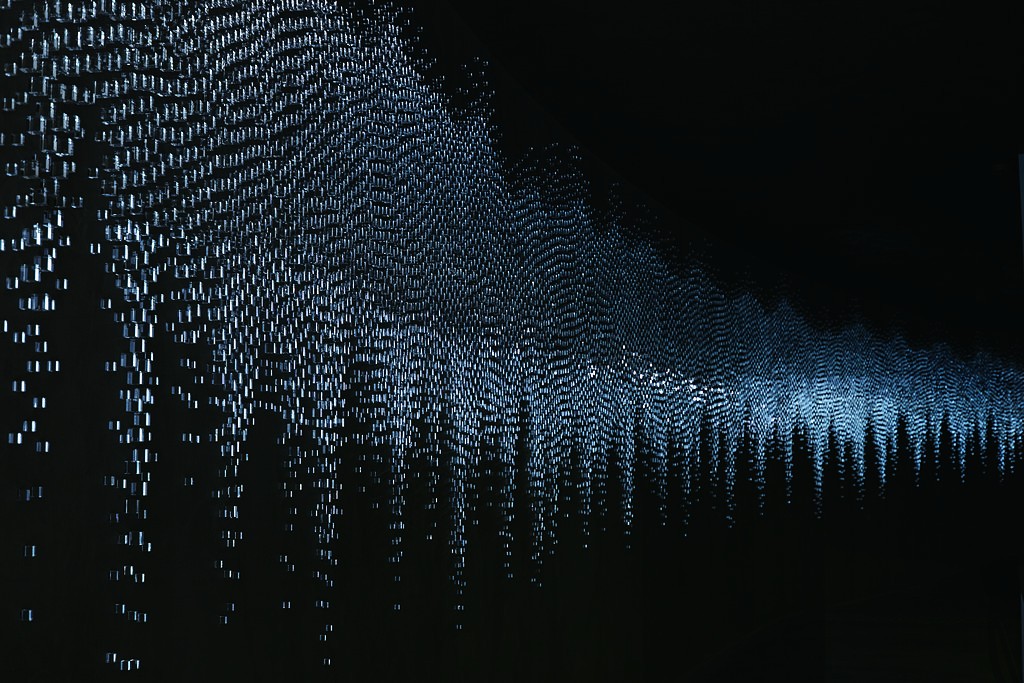A grant-writing workshop in Umeå, January 8, 2016. Funded by the Faculty of Arts, Umeå University.
Aims
One of the major global challenges facing humanity in the 21st century is how to address, manage, and understand the human impact on planet Earth. The Anthropocene, as the era of human-domination on Earth’s ecosystems has come to be known (Crutzen and Stoermer 2000), is a product of human technology, not just human hands (Jørgensen 2014). Because the human experience of nature is mediated through technologies in the Anthropocene, humans, non-human nature, and technologies are inseparably intertwined. The Anthropocene as a product of technological development and deployment thus needs historicization as a history of technology as well as a history of the environment.
This project aims to explore the experience of nature as technologically mediated over time in the Anthropocene. In the last decade it has become commonplace to attribute explanatory power to digital technology as a negative force in the human-nature relationship. However, this approach lacks historical insight—analog technologies from aquarium glass to paper maps also mediate the human-nature bond. Technologies, whether digital or analog, are neither good nor bad, nor are they neutral (Kranzberg 1986). As an interdisciplinary group of scholars working on historical approaches to the Anthropocene, we believe a major global challenge is to historicize the technological mediation of human experiences of nature.
The project will connect research groups in northern Sweden with international researchers from UK, USA, and New Zealand. It builds upon a recent university-sponsored Masters/PhD course ‘The Anthropocene: A History of the World’ coordinated by Finn Arne Jørgensen, which included conversations about the Anthropocene with scholars from across the globe.
Research questions
The project will begin an exploration of the following research questions that we plan to further elaborate on through follow-on projects:
- In what ways does technology change the ways of seeing nature?
- In what ways does technology change the ways of being in nature?
- How have different technological developments led to more distance or more closeness with nature over time?
- How is digital mediation of nature quantitatively or qualitatively different than the mediation of analog technologies?
- What are the appropriate in-depth case studies in which these questions can be explored?
References
Crutzen, P. J. and E. F. Stoermer. 2000. The “Anthropocene”. Global Change Newsletter 41: 17-18.
Jørgensen, D. 2014. Not by Human Hands: Five Technological Tenets for Environmental History in the Anthropocene. Environment and History 20: 479-89.
Kranzberg, M. Technology and History: ”Kranzberg’s Laws”. Technology and Culture 27: 544-560.
Image: “Blind Blue Landscape,” by Lehmann Maupin (Own work) [CC BY-SA 4.0], via Wikimedia Commons
